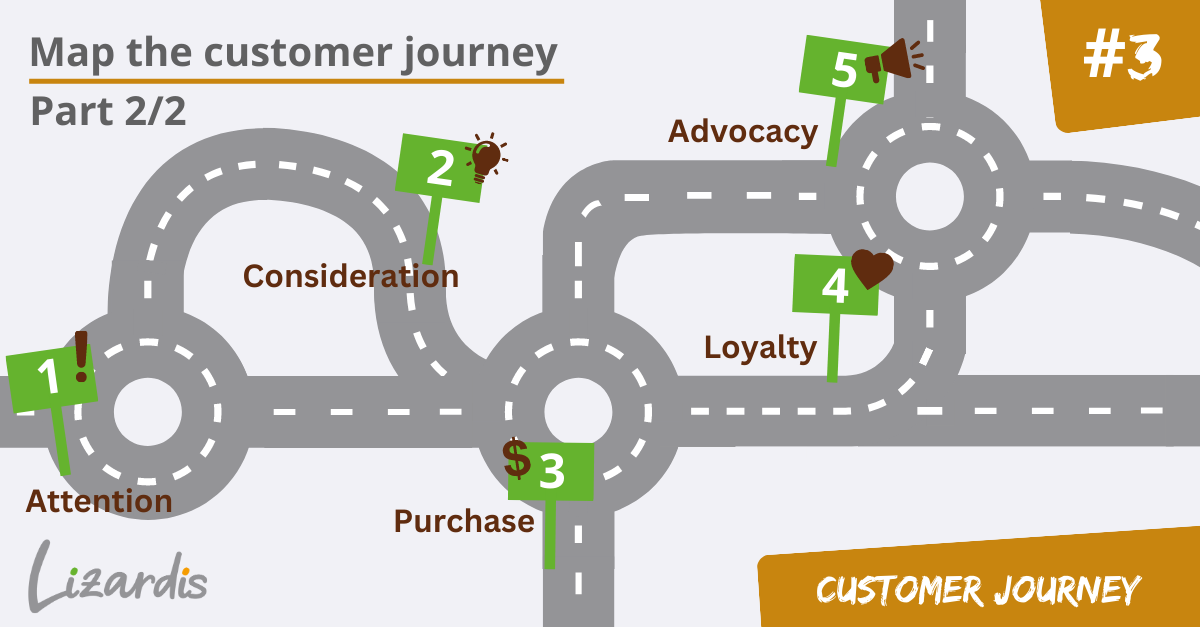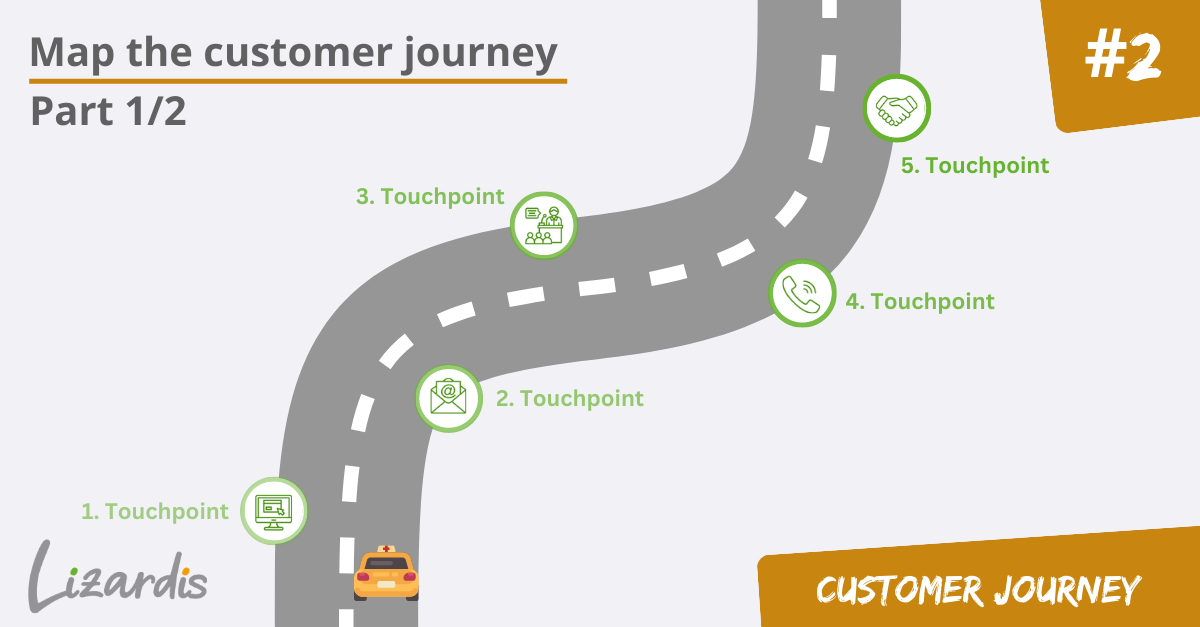Hannover, 23 February 2024
In the previous two series of articles, we have addressed following topics: customer journey and customer engagement. In this article, we will bring both together. The intention is to find an answer to the question whether a change from a product-centric marketing to a customer-centric approach can succeed with the help of omnichannel marketing.
What is meant by the term “omnichannel“?
When asking life science companies whether they have already heard of omnichannel management or even implemented it, they will very likely point to their initiatives realizing an omnichannel strategy or that it has been partially implemented. Following up on the definition of this very term within the company, it quickly becomes clear that the interpretation is very dependant on the individual in question.
Bases on this finding, I would like to define here how omnichannel management is seen and contrast it beginning the journey with less complex concepts:

- Single Channel Management
The term single channel management describes a sales approach in which a customer is contacted and supported exclusively via one channel, e.g. in the form of classic F2F activities. This approach became outdated in the life sciences industry for some time and is no longer pursued (by most companies).
- Multi Channel Management
The concept of multi-channel management emerged within sales management. It started with the integration of an e-mail channel as a supplement to earlier established channels such as F2F activities, telephone, fax and event participation.
On the marketing side, websites and service center activities were added as well. The multitude of these channels made it obvious to choose a term that precisely describes this broadly diversified approach.
However, this approach did not follow a cross-channel strategy. Each channel was planned individually, coordinated materials were developed where necessary. Theywere selected and used accordingly to the specifications, personal preferences or habits of the sales or marketing representative. No attempt was made to harmonise the channels in such a way that individual elements interlocked, nor were the channels selected focused on customer preferences.
The activities were measured by using standard KPIs. These counted what was executed and then compared the results with the plan for each individual channel. This approach is also no longer en vouge, as it has been understood that customers expect and demand that their interests are considered.
Therefore, a general awareness grew to change from a product-centred to a customer-centred perspective.
- Cross Channel Management
The sales and marketing approaches of many companies today are based partially on this concept. Yetit is not a part of an omnichannel strategy.
Here the activities of at least a few channels are harmonized. The individual elements are increasingly interlinked. The associated activities are implemented as part of a strategy that is gradually being set up across divisions. For the first time, sales activities are being coordinated with those of marketing and even realised with the involvement of medicine.
The focus is on the customer by planning customer journeys based on imagined personas. The development of suitable campaigns and the measurement of activities carried out are based on this approach. The corresponding key performance indicators (KPIs) are displayed in special dashboards to track how the campaigns are progressing. If necessary, adjustments are made to encourage customers to participate and / or prevent them from churning.
- Omnichannel Management
Omnichannel management combines all available channels that a company uses. The customer is the focal point and receives information through their preferred channel promptly and regardless of department. The customer does not need to know or be able to differentiate whether the content of interest comes from the sales organisation, marketing or medicine.
Furthermore, the customer does not necessarily need to know which contact person works in which area of the life sciences company to be able to ask their questions. Conversely, the customer can assume that all contacts who get in touch with them are in dialogue with each other and are informed about their questions and interests. The data required for such an approach is naturally content- and behaviour-related.
The successful implementation of an omnichannel strategy requires, above all, a rethink not only in sales, marketing or medicine, but throughout the entire organisation.
When you, as a partner, present this distinction between the individual concepts to your dialogue partners in the life sciences industry, the feedback you regularly receive is that the partner company sees itself somewhere between multichannel management and omnichannel management, or that they believe they can identify a cross-channel concept. Our perception as a service provider to the life sciences industry confirms this view.
Our perception as a service provider for the life sciences industry confirms this view.
Where and why struggle companies within the life science sector to start or fully integrate an omnichannel approach yet?
We will explore this question in our next article. We will also try to examine some difficulties that companies face in doing so.
Where do you see your company in this context? Let me know your thoughts.
You want more insights?
Check out our other blog articles about customer engagement!
Omnichannel-Management: From product centricity to customer centricity (1/3)
Omnichannel marketing enables the shift from product centricity to customer centricity. Learn more about how it differs from other concepts.
Mapping Life Sciences Customers in the Customer Journey (2/2)
The ideal-typical course of the Customer Journey with phases 1 to 5 not always realistic. Also consider alternative paths that your HPCs follow.
Mapping Life Sciences Customers in the Customer Journey (1/2)
Get to know your customers better by developing customer journey maps for different personas to improve customer engagement.
The Customer Journey in Life Sciences: Taking the customer on a journey – what does that mean?
Develop your contacts along the customer journey into sustainable customers. In our article, we tell you what to look out for in the life sciences environment.






